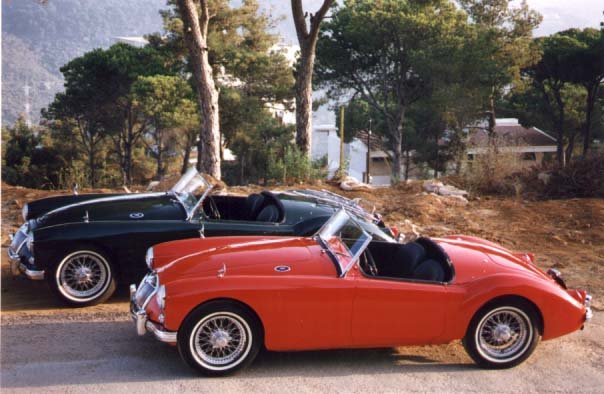These pictures show the €1 million (£750,000) prototype, which can dive to a depth of 10m, in action off the coast of Florida.
It was the brainchild of concept car designer Frank Rinderknecht, 52, who said: "For three decades I have tried to imagine how it might be possible to build a car that can fly under water. Now we have made this dream come true."
He added: "Everybody knows James Bond and the Esprit but it was always just fiction. We thought, 'Let's do something everybody knows but nobody has tried.'"
The team at his firm Rinspeed replaced the petrol engine with three electric motors, one to power the rear wheels and two for the specially designed propellers. They are capable of taking it to 75mph on land, a more sedate 4mph while cruising in "boat" mode and a positively tranquil 2mph while underwater.
The company also claims that the car is extremely "green" as well, as it is a zero-emission vehicle powered by rechargeable lithium-ion batteries.

Unlike the Bond original, which featured an enclosed passenger cabin, the modern version has an open top with the occupants exposed to the elements.
The Swiss car designer explained: "The passenger compartment is three square metres of air - you'd need to add about three metric tonnes of added weight to pull it down under the surface.
"That would give it the land mobility of a turtle."
The second reason for having an open cabin is safety: "Even at one metre depth, the water pressure would keep the doors closed so you could not get out in an emergency."
Although one would expect the car to sink like a stone, special compartments have been filled with foam to ensure it floats.
"The car will come to the surface by itself," said Mr Rinderknecht.
"It is basically unsinkable."
Rather than achieving neutral buoyancy with weighting, the propellers drive it downwards so that if it were to stop it would rise up.

Once under water, its occupants breath air coming from an integrated tank of compressed air similar to that used by scuba divers.
The vehicle can stay under water "until you run out of air or battery power," which is about two hours.
The designer said the sensation was just like scuba diving - in a car.
He said: "It's a special feeling."
While some might quibble that on land the sQuba is not fast enough, he said the main aim was to demonstrate its aquatic potential.
"We could have made it a lot quicker by using a bigger model with more batteries but that wasn't the issue," he said.
"The focus was really on it going underwater."

Sadly, those taken by the sQuba may never be able to get their hands on it as there are no plans to put it into production.
"It's a tradition that we produce a concept car for the Geneva Motor Show," said the designer, whose firm makes its money making concept cars and parts for the mainstream motor industry, and tuning Porsches.
"We don't plan to build it, even in a limited capacity," he admitted.
"But if someone wants to take up the project that would be great. I'm sure there will be people interested in buying one."
A spokesman for Lotus, which is not involved in the project, said: "We are delighted that they have chosen to use the Elise."
written by Stephen Adams for the TELEGRAPH
